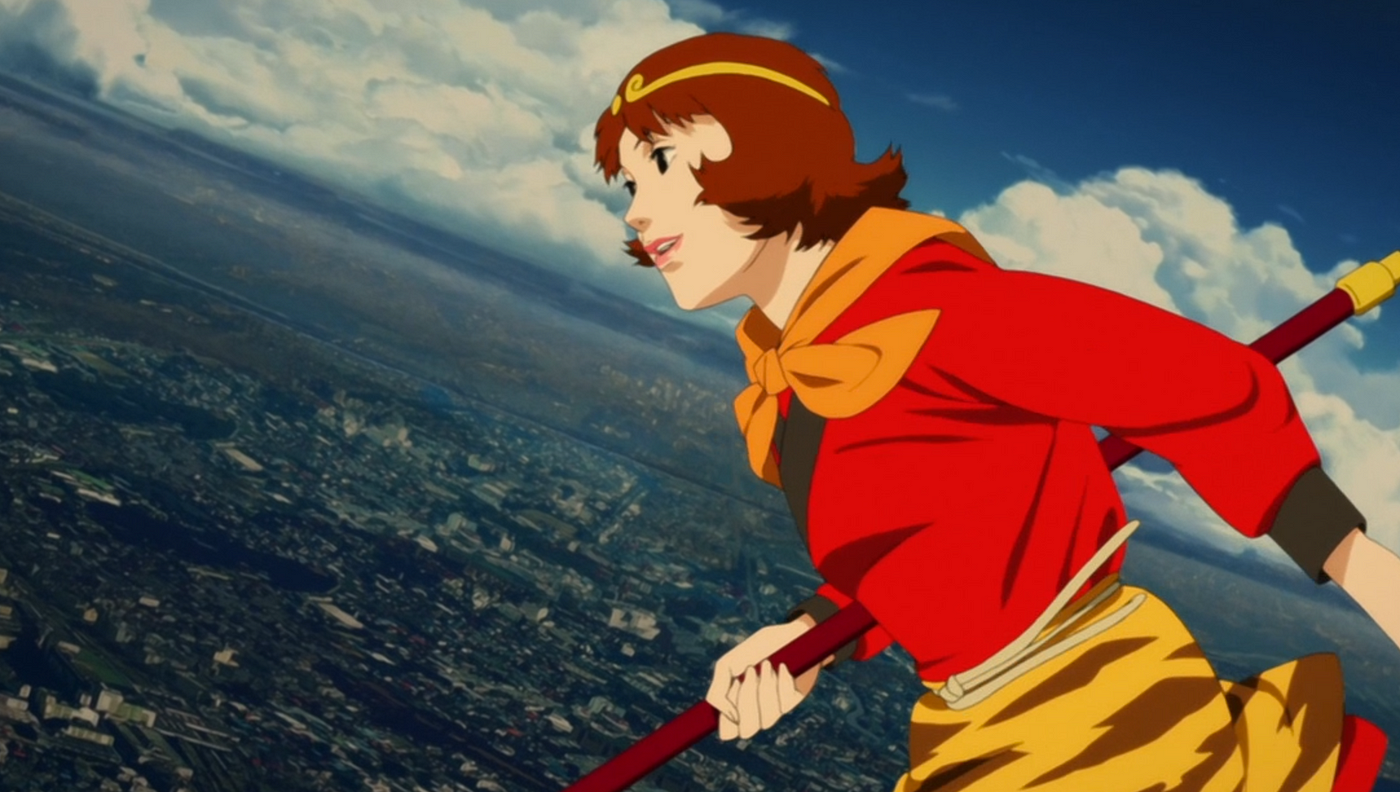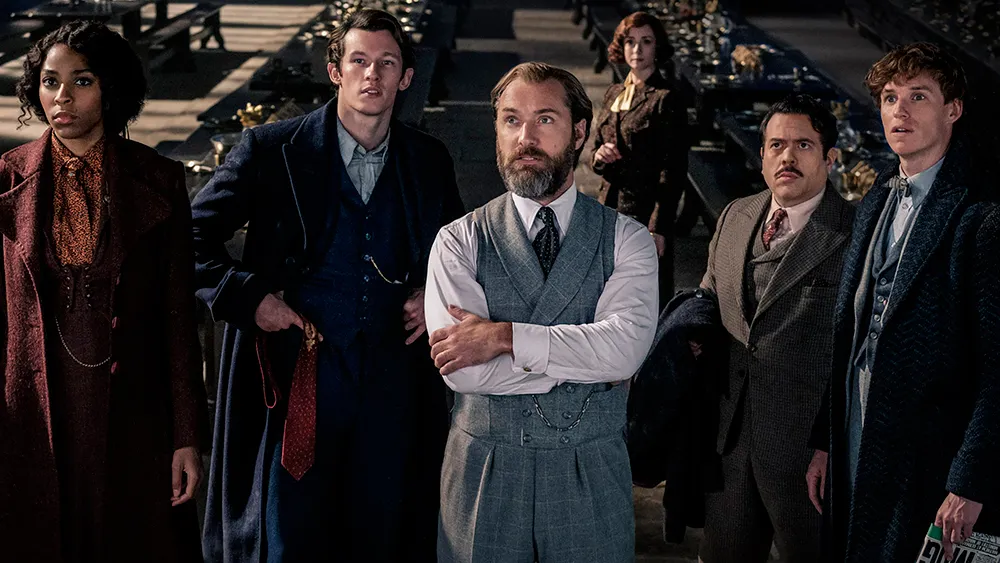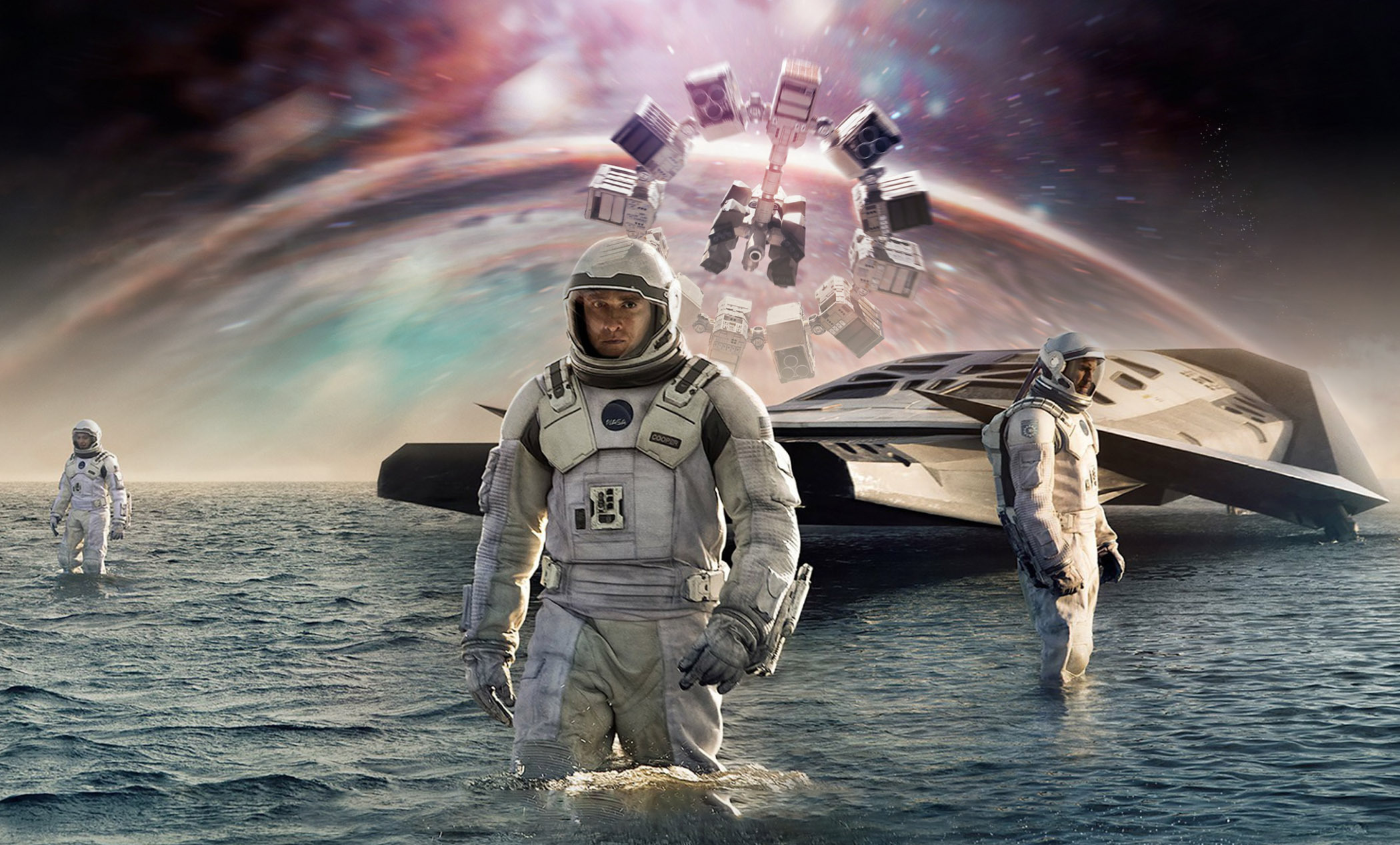dreamabodefinder.com – Few films have left as indelible a mark on the science fiction genre as Ridley Scott’s Blade Runner. Released in 1982, the film was initially met with mixed reviews but has since been hailed as a visionary masterpiece. Based on Philip K. Dick’s novel Do Androids Dream of Electric Sheep?, Blade Runner explores timeless themes of identity, humanity, and morality, all set against the backdrop of a dystopian future. This article delves into the world of Blade Runner, examining its story, themes, visual style, and enduring legacy.
The Story
Set in the year 2019 (a distant future at the time of its release), Blade Runner takes place in a dark, rain-soaked Los Angeles dominated by towering skyscrapers, neon lights, and a pervasive sense of decay. The film follows Rick Deckard (played by Harrison Ford), a “blade runner” tasked with hunting down and “retiring” rogue replicants—synthetic humans created by the Tyrell Corporation to perform labor on off-world colonies.
Deckard’s latest assignment involves tracking down four Nexus-6 replicants led by Roy Batty (Rutger Hauer), who have returned to Earth seeking a way to extend their artificially short lifespans. As Deckard pursues the replicants, he encounters Rachael (Sean Young), a replicant who believes she is human. This relationship forces Deckard to question the nature of humanity and the ethics of his work.
Themes and Philosophical Questions
Blade Runner is more than just a sci-fi thriller; it is a profound meditation on what it means to be human. The film grapples with questions that remain relevant today:
- Humanity and Artificial Life: The replicants, despite being artificial, exhibit emotions, desires, and fears. They challenge the definition of humanity, blurring the line between human and machine.
- Mortality and the Fear of Death: Roy Batty’s desperate quest for more life highlights the universal fear of mortality and the drive to find meaning in a limited existence.
- Memory and Identity: Rachael’s implanted memories and her belief that she is human raise questions about the role of memory in shaping identity.
- Morality and Empathy: The replicants often display more empathy and moral awareness than the humans pursuing them, challenging the audience’s preconceptions about good and evil.
Visual and Cinematic Style
Blade Runner is renowned for its groundbreaking visual style, which has influenced countless films, television shows, and video games. Its depiction of a dystopian future—a blend of cyberpunk aesthetics and film noir—is characterized by:
- Neon Lights and Rain: The perpetual rain and vibrant neon signage create a moody, atmospheric setting that underscores the film’s themes of isolation and decay.
- Massive Skyscrapers: The towering buildings and sprawling urban landscapes emphasize humanity’s technological advancements and the alienation that comes with them.
- Retro-Futurism: The film blends futuristic technology with 1940s noir elements, such as Deckard’s trench coat and the smoky interiors of dimly lit bars.
- Meticulous World-Building: From flying cars (spinners) to the multicultural cityscape filled with various languages and cultures, the world of Blade Runner feels immersive and alive.
The film’s cinematography, led by Jordan Cronenweth, and its haunting score by Vangelis further enhance its mood and timeless appeal.
Performances and Characters
- Harrison Ford as Rick Deckard: Ford’s portrayal of Deckard captures the character’s moral ambiguity and internal struggle. He’s a reluctant hero who gradually confronts the ethical implications of his actions.
- Rutger Hauer as Roy Batty: Hauer delivers one of the most iconic performances in sci-fi history. His portrayal of Batty is both menacing and deeply empathetic, culminating in the unforgettable “Tears in Rain” monologue.
- Sean Young as Rachael: Young’s performance adds depth and vulnerability to Rachael, making her journey of self-discovery compelling.
The “Tears in Rain” Monologue
One of the most memorable moments in Blade Runner is Roy Batty’s final speech, often referred to as the “Tears in Rain” monologue. As Batty accepts his mortality, he reflects on the fleeting nature of life and the unique experiences he’s had, saying:
“I’ve seen things you people wouldn’t believe. Attack ships on fire off the shoulder of Orion. I watched C-beams glitter in the dark near the Tannhäuser Gate. All those moments will be lost in time, like tears in rain. Time to die.”
This scene encapsulates the film’s existential themes and humanizes the replicants, leaving a lasting emotional impact on viewers.
Legacy and Influence
Although Blade Runner was not a commercial success upon its initial release, it has since gained a cult following and is widely regarded as one of the greatest science fiction films of all time. Its influence can be seen in:
- Movies like The Matrix, Ghost in the Shell, and Children of Men.
- TV shows such as Westworld and Black Mirror.
- Video games like Cyberpunk 2077 and Deus Ex.
The film’s sequel, Blade Runner 2049 (2017), directed by Denis Villeneuve, expanded on its themes while maintaining its philosophical depth and visual brilliance.
Conclusion
Blade Runner is a masterpiece that transcends its genre, offering profound insights into the human condition while delivering a visually stunning and emotionally resonant experience. Its exploration of identity, morality, and mortality remains as relevant today as it was in 1982. Whether you’re a longtime fan or a newcomer, Blade Runner is a film that demands to be seen, pondered, and celebrated.





